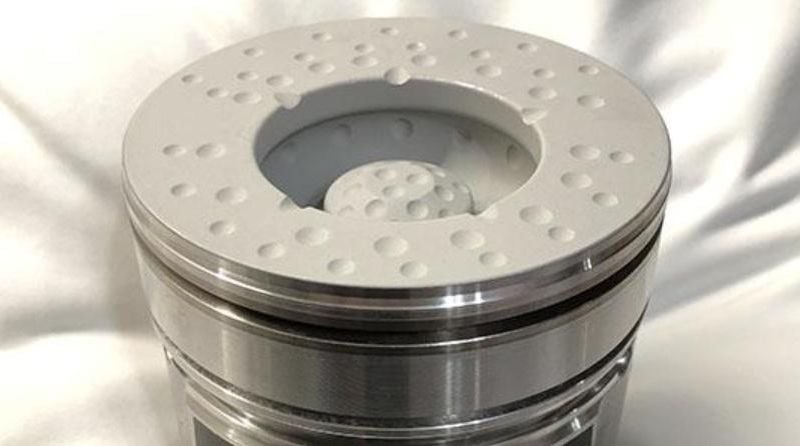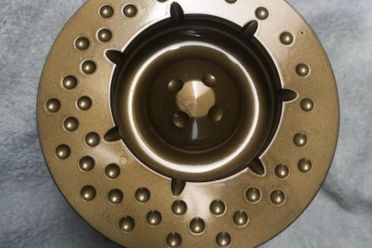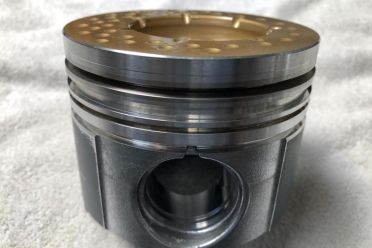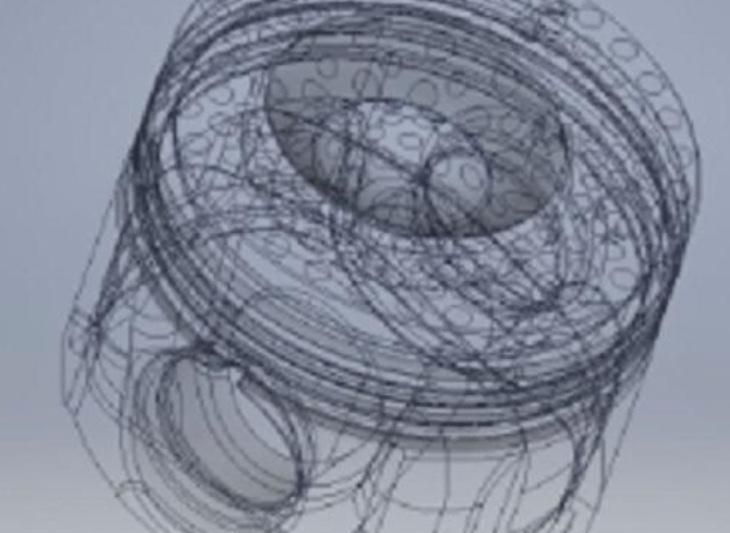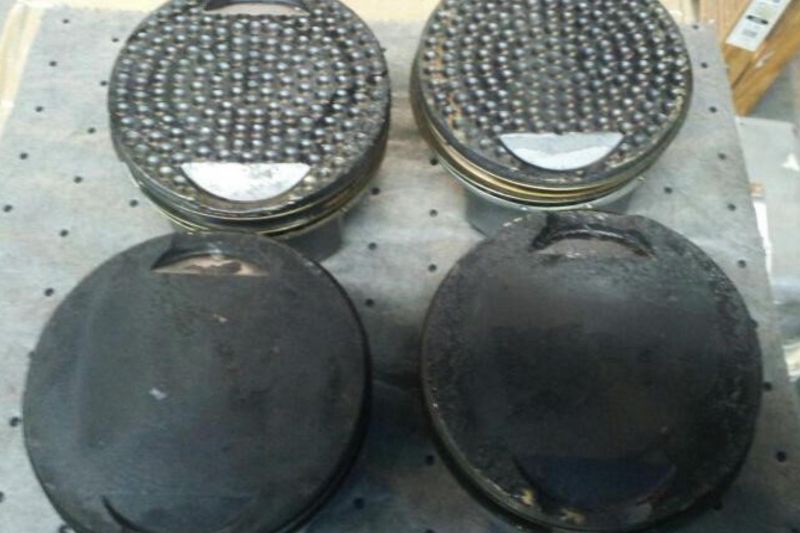The future of heavy-duty diesel trucks may not be as bleak as some may have predicted.
With the introduction of dimpled pistons, truck owners can now enjoy increased power, reduced fuel consumption, and minimised particulate emissions. The technology behind these pistons is fascinating, with the golf ball-like dimpling creating a well-attached boundary layer in the combustion chamber, which keeps the air and fuel charge suspended for longer.
This leads to a more complete combustion process, reducing carbon buildup and minimising emissions.
Speed of Air (SoA) is at the forefront of this technology, having conducted extensive testing to develop these pistons. They used various flow bench techniques to determine fuel wash areas on the piston crowns that were indicated by excess carbon build-up.
They tried many other texturing techniques before settling on the golf ball-like dimpling, which proved to be the most effective in keeping the air-fuel mixture in suspension for longer.
Furthermore, SoA’s piston design includes pressure release slots machined into the crowns of the pistons, which unload the pressure in the bowl area and accelerate the burn of the fuel-air mixture.
This leads to a quieter running engine when compared to even the OE piston design.
The results of independent testing have been impressive. A Caterpillar 3516 engine used in a 793D mining truck for Newmont North America was rebuilt with SoA pistons being the only change from the engine rebuild’s normal parts.
The engine went from being used for 16.30 hours per day on the Cat pistons to 18.34 hours per day on the SoA pistons by the time it was removed for servicing once more in 2017 after 915 days in service.
The cylinder packs, pistons, rings, and liners indicated significant useful life remaining, and the low amount of carbon build-up on the pistons and very low crankcase deposits versus other rebuilds were significant findings in the report. Exhaust emissions also showed a significant reduction and improvement versus “the comparative engine.”
In another test conducted by Olsen Ecologic Lab in Fullerton, California, a stock Cummins 5.9-liter engine was compared to one with only a set of SoA pistons installed. The report showed a 15.5 percent increase in horsepower and a 15.2 percent increase in torque.
These results are significant and demonstrate the potential of this technology to revolutionise the heavy-duty diesel truck industry.
So, what does the future hold for heavy-duty diesel trucks? While the world is moving towards electric vehicles, there is still a significant demand for heavy-duty diesel trucks for those who do heavy work or want to look like they do.
With the introduction of dimpled pistons, heavy-duty diesel trucks can now enjoy increased power, reduced fuel consumption, and minimised particulate emissions.
The technology behind these pistons is fascinating, and companies like SoA are at the forefront of developing this technology.





